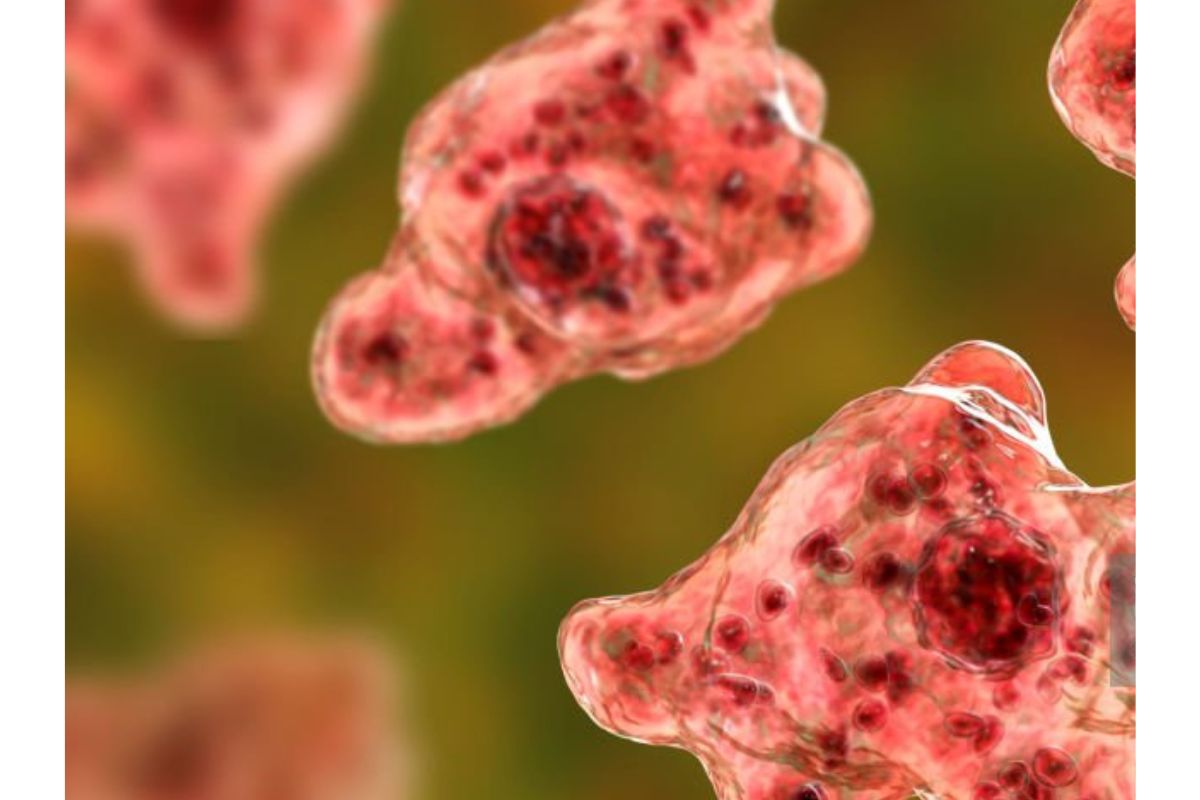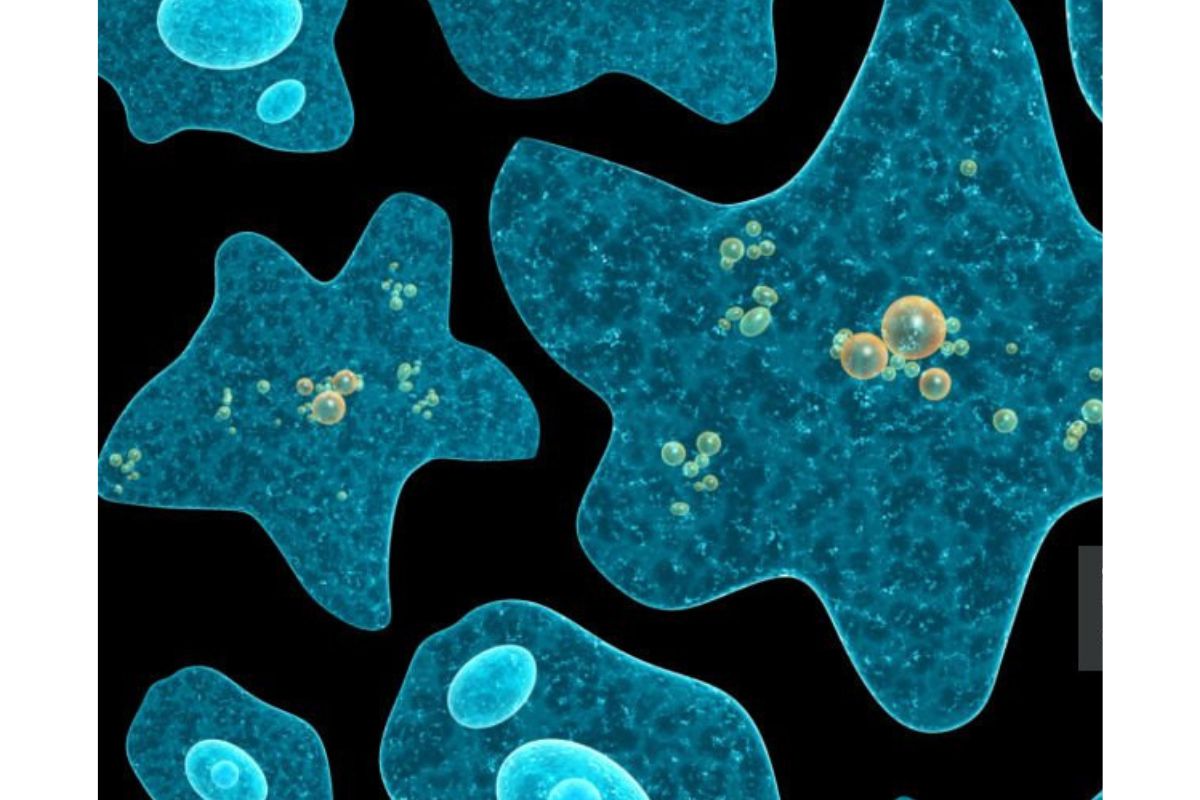Amoeba, a tiny, single-celled organism, might appear inconspicuous under the microscope, but its method of obtaining food is nothing short of fascinating. In this blog post, we will take you on a journey into the microscopic world of Amoeba and unveil the intricate process by which it acquires its nutrition.
The Unseen World of Amoeba
Amoeba belongs to the phylum Protozoa, a group of eukaryotic microorganisms known for their diversity and adaptability. These unicellular creatures can be found in various aquatic environments, including ponds, rivers, and even moist soil. Despite their simplicity in structure, Amoebas lead remarkable lives, and one of their most intriguing features is how they obtain their food.
The Anatomy of Amoeba
Before we delve into the feeding process, it's essential to understand the physical structure of Amoeba. This knowledge provides a foundation for comprehending how it captures its prey.
Amoeba is typically amoeboid in shape, meaning it lacks a fixed form. It constantly changes its shape through the extension and retraction of pseudopods, which are temporary, finger-like projections of its cell membrane. These pseudopods serve multiple purposes, including movement and, most importantly, food capture.
Phagocytosis: The Feeding Mechanism
Amoeba's primary method of obtaining food is through a process called phagocytosis. This term might sound complex, but at its core, it's a method by which Amoeba engulfs its food. Here's how it works:
- Detection: Amoeba is sensitive to changes in its environment. When it senses the presence of potential food, it extends pseudopods in the direction of the food source.
- Engulfing: As the pseudopods surround the food particle, they fuse together, forming a temporary bubble-like structure known as a food vacuole. This vacuole contains the captured food.
- Digestion: The food vacuole then fuses with specialized organelles called lysosomes, which contain digestive enzymes. These enzymes break down the food into simpler substances that can be absorbed by the Amoeba's cell.
- Nutrient Absorption: Once digestion is complete, the nutrients are absorbed through the cell membrane and transported to various parts of the cell, providing the organism with the necessary energy and building blocks for growth and maintenance.
Phagocytosis is a highly dynamic and efficient process that ensures Amoeba's survival. It's akin to a tiny predator actively hunting its prey and then processing it within its own body.
Amoeboid Movement vs. Phagocytosis
While both amoeboid movement and phagocytosis involve the use of pseudopods, it's important to distinguish between these two processes.
Amoeboid Movement primarily serves the purpose of locomotion. The extension and retraction of pseudopods allow Amoeba to move within its environment, exploring and finding new sources of food. This motion is essential for its survival as it helps it navigate the microcosmos in which it lives.
Phagocytosis, on the other hand, is exclusively focused on capturing and digesting food. The pseudopods, in this case, are employed as specialized tools for capturing prey. They act like versatile arms, reaching out and enveloping the food particles.
The Life Cycle of Amoeba
Amoeba's life cycle is closely tied to its feeding process. It experiences several stages, each with its specific role in nutrition.
- Growth and Reproduction: Amoeba starts as a single cell and undergoes growth. When it reaches a certain size, it divides into two identical daughter cells through a process called binary fission.
- Feeding and Nutrient Absorption: Throughout its life, Amoeba continuously feeds by phagocytosis. This ensures a constant supply of nutrients.
- Encystment: When conditions become unfavorable, such as drying out of the environment or scarcity of food, Amoeba can encyst. It forms a protective outer layer around itself and goes into a dormant stage, waiting for conditions to improve.
- Excystment: When conditions become favorable again, the cyst breaks, and Amoeba returns to its active, feeding state.
The Significance of Amoeba in the Ecosystem
Amoeba might be small, but its role in the ecosystem is significant. In aquatic environments, Amoeba serves as a vital link in the food chain.
As primary consumers, they feed on bacteria and other microorganisms, helping to control their population. By doing so, Amoeba plays a crucial part in maintaining the balance of the microbial world. This, in turn, has ripple effects on higher trophic levels in the ecosystem.
Conclusion
Amoeba's method of obtaining food through phagocytosis is a testament to the wonders of nature, where even the tiniest creatures possess sophisticated survival mechanisms. By understanding the intricate process of phagocytosis, we gain insight into the vital role that Amoeba plays in the broader ecological picture.
This blog post has only scratched the surface of the world of single-celled organisms like Amoeba. As you explore further, you'll discover more captivating aspects of these microorganisms and their contributions to the natural world. Amoeba's journey to acquire food is a testament to the remarkable complexity and adaptability of life, even at the microscopic level.


